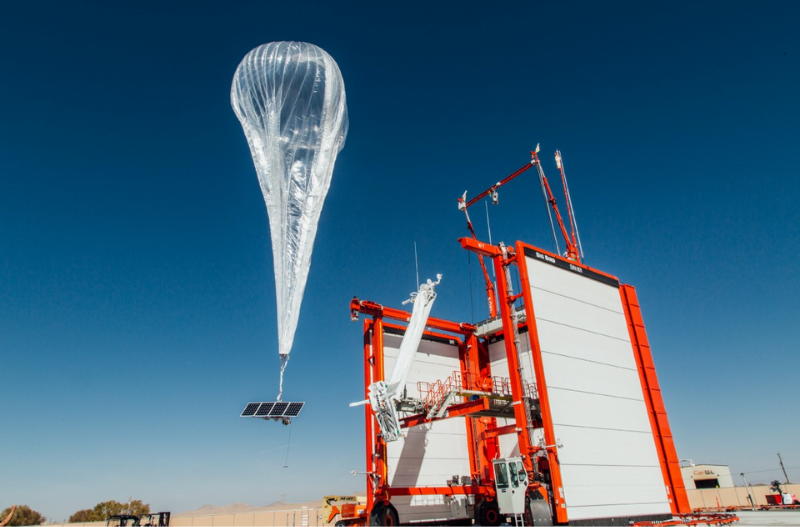A larger fleet of Loon balloons is heading to Kenya after successful launches from Loon’s launch site in Puerto Rico. These balloons will join the eight balloons that are already active and part of a network integration exercise in Kenyan airspace.
Upon arrival, these balloons will continue network integration testing with its local partner, Telkom Kenya, in preparation to begin serving users as quickly as possible. The recently launched balloons are expected to gradually begin arriving in the coming few weeks.
The Loon service will seek to use its 4G/LTE Internet solution to connect unserved and under-served communities in Kenya. Initial coverage areas have already been identified, starting with Nairobi, Machakos, Nyeri, Nakuru, Kitui, Nanyuki, Narok and into Kisii.
“These balloons will be used to expedite integration testing of this pioneer LTE service. We will glean off insights from those tests to fast track integration of all other balloons that have been dispatched from Loon Inc.’s launch sites and are to arrive in Kenya over the coming few weeks,” says Telkom Kenya’s CEO, Mugo Kibati.
“Once the balloons are in place, this new technology will complement Telkom’s ongoing strategy to further widen its network coverage, confirming the telco as Kenya’s preferred data network.”
The Journey to Kenya
The balloons will make their way to Kenya by navigating wind currents 20km above the Earth’s stratosphere. At that height, winds travel in different directions at different altitudes. While the wind at 20km might blow one way, the wind at 19km might blow another.
Rather than flying against the wind at a given altitude, the balloons move up or down to ‘hitch a ride’ on a favourable current. The balloons conduct this navigation autonomously, with constant human oversight, and have a lot of experience flying in the stratosphere. To date, the balloons have flown over 40 million kilometres – enough to make 100 trips to the moon.
Throughout their journey, the balloons will make hundreds of altitude adjustments, while searching for favourable winds to bring them to Kenya. The route taken by the balloons will vary depending on wind conditions. In some instances, the balloons will fly east across the Atlantic Ocean; in some cases, they will fly west across the Pacific Ocean.
Coming Back to Earth
An important part of deploying the balloons is ensuring their safe and secure journey back to the ground. The successful landing of a balloon begins before it is even launched. In the weeks before a balloon is scheduled to come out of service (decommissioning), Loon and Telkom will work closely with local air traffic control officials and ground partners to finalise this plan and prepare for the actual descent and landing.
Extensive planning goes into securing landing zones, training in-country recovery partners, coordinating with officials on landing and recovery procedures, and developing landing plans to bring a balloon safely to the ground.
All of this preparation allows for a balloon to safely and efficiently land when the time comes.


 Business1 week ago
Business1 week ago
 News4 days ago
News4 days ago
 News2 weeks ago
News2 weeks ago
 News1 week ago
News1 week ago
 News5 days ago
News5 days ago
 News5 days ago
News5 days ago
 News2 weeks ago
News2 weeks ago
 Investigations2 weeks ago
Investigations2 weeks ago











